Industry news
Choosing the Right Optical DO Meter for Your Aquaculture Needs
Writer: admin Time:2024-12-04 13:46:11 Browse:1359℃
Optimizing Aquaculture with Accurate Dissolved Oxygen Monitoring
Aquaculture is a rapidly growing industry, essential for meeting the global demand for seafood through sustainable fish farming. A critical aspect of successful aquaculture is maintaining optimal water quality, with dissolved oxygen (DO) being one of the most important parameters to monitor. This blog explores the significance of DO in aquaculture, factors affecting its levels, methods to measure it, and guides you in choosing the right optical DO meter for your needs.

What is Dissolved Oxygen (DO) and Its Impact on Aquaculture?
Dissolved oxygen refers to the amount of oxygen present in water, which is crucial for the survival and growth of aquatic organisms, including fish, shrimp, and other species farmed in aquaculture. Oxygen is essential for respiration, and insufficient levels can lead to stress, disease, and even mortality in aquatic life.
The Role of DO in Aquaculture
Respiration: Fish and other aquatic organisms rely on DO for breathing. Low oxygen levels can impair their ability to respire efficiently.
Metabolism: Adequate DO levels are necessary for maintaining high metabolic rates, supporting growth and reproduction.
Waste Breakdown: Beneficial bacteria that decompose organic matter and waste in aquaculture systems need oxygen to function effectively.
Consequences of Low DO Levels
Fish Stress and Mortality: Prolonged exposure to low DO levels can lead to high mortality rates and reduced productivity.
Increased Disease Susceptibility: Stress from low oxygen can weaken immune systems, making fish more vulnerable to diseases.
Poor Feed Conversion: Fish in low-oxygen environments may not efficiently convert feed into body mass, leading to increased feed costs.
Factors Affecting Dissolved Oxygen in Aquaculture
Temperature: Warmer water holds less oxygen. As temperatures rise, DO levels typically decrease.
Salinity: Higher salinity reduces the water's capacity to hold oxygen.
Water Movement: Stagnant water has lower oxygen levels compared to flowing or aerated water.
Organic Load: High levels of organic matter increase biological oxygen demand (BOD), reducing available DO.
Photosynthesis and Respiration: During daylight, photosynthesis by aquatic plants and algae can increase DO levels, while respiration at night can decrease them.
How to Measure Dissolved Oxygen in Your Aquaculture?
Monitoring DO levels is crucial for maintaining optimal conditions in aquaculture. There are several methods for measuring DO, but optical DO meters are becoming increasingly popular due to their accuracy and ease of use.

https://e.yosemitech.com/DO/Y507-A.html
Advantages of Optical DO Meters
High Accuracy: Optical sensors provide precise and reliable measurements.
Low Maintenance: Unlike electrochemical sensors, optical sensors do not require frequent calibration or replacement of membranes and electrolytes.
Long-term Stability: Optical sensors offer stable readings over extended periods, making them ideal for continuous monitoring.
Key Features to Consider When Choosing an Optical Dissolved Oxygen Meter
When selecting an optical DO meter for your aquaculture system, consider the following features:
Accuracy and Precision
Ensure the meter provides accurate and consistent readings, which are crucial for effective management of your aquaculture environment.
Durability and Quality
Choose a meter designed to withstand the harsh conditions of aquaculture, including exposure to water, fluctuating temperatures, and salinity.
Ease of Use and Maintenance
Opt for user-friendly meters with intuitive interfaces, minimal maintenance requirements, and easy calibration procedures.
Data Logging and Connectivity
Consider meters with data logging capabilities, allowing you to track DO levels over time.
Battery Life
Ensure the meter has a robust battery life, especially if it will be used in remote locations or for extended monitoring periods.
Benefits of Using Optical DO Meters in Aquaculture
Enhanced Fish Health and Productivity
By providing accurate and real-time DO measurements, optical meters help maintain optimal oxygen levels, promoting healthier and more productive aquatic life.
Reduced Risk of Hypoxia
Continuous monitoring with optical DO meters helps prevent hypoxic conditions, reducing stress and mortality rates in fish populations.
Cost-Effectiveness
While the initial investment may be higher, the long-term savings in maintenance and improved feed conversion efficiency make optical DO meters a cost-effective choice.
Conclusion
Choosing the right optical DO meter for your aquaculture needs is essential for maintaining healthy and productive aquatic environments. By understanding the factors affecting dissolved oxygen and the key features to consider, you can make an informed decision that enhances the efficiency and sustainability of your aquaculture operations.
Selecting a reliable optical DO meter not only ensures the well-being of your fish but also contributes to the overall success and profitability of your aquaculture venture. With the right tools and knowledge, you can optimize your aquaculture system for the best possible outcomes.
CATEGORIES
CONTACT US
Yosemitech Technologies Co., Ltd
 +86 19984844080
+86 19984844080
 sales@yosemitech.com
sales@yosemitech.com
 Bldg,25,CECEP Industrial Park, No. 18 Dongchang Rd. Suzhou Industrial Park, Jiangsu Province,China 215126, China
Bldg,25,CECEP Industrial Park, No. 18 Dongchang Rd. Suzhou Industrial Park, Jiangsu Province,China 215126, China







